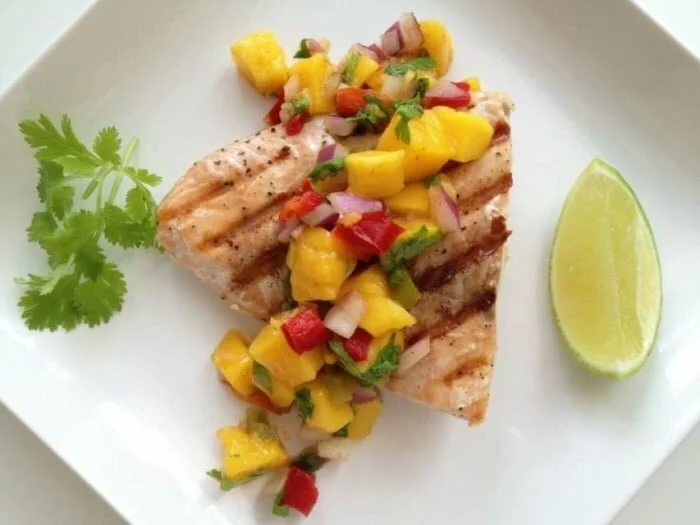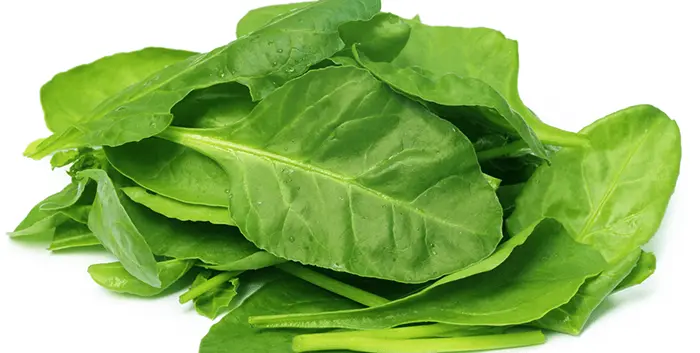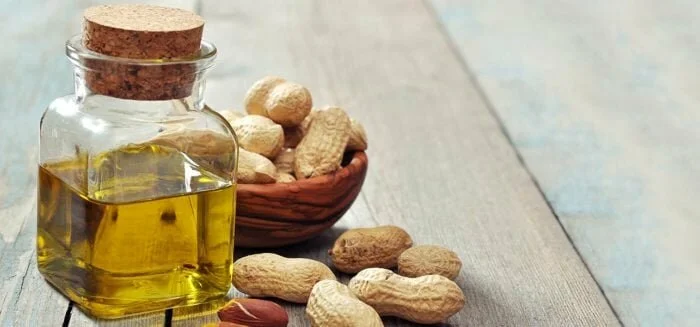Green tea is one of the most popular drinks in the world, and one of the reasons for this is because it contains some nutrients that supposedly help melt away pounds. Some research has shown that green tea can increase fat burning and help you lose weight. It contains catechins which is an active ingredient linked to weight loss.
Catechins might prevent the accumulation of body fat and also increase body temperature so you burn more calories. Besides catechins, green tea is also a good source of caffeine. Yet caffeine helps your body burn calories and fat although, there’s proof that green tea help decrease fat production and increase fat and calorie-burning, according to a 2010 review article published in The Journal of Nutrition there’s no enough evidence to proof it’s weight loss benefits.
How much green tea do you need to lose weight?
To get the amount of caffeine and catechins you need to help you lose weight from green tea, you have to drink about 2 to 3 cups of green tea a day, according to the University of Maryland Medical Center. Depending on how you brew it, a cup of green tea has about 120 to 320 milligrams of catechins and 10 to 60 milligrams of caffeine.
Drinking green tea regularly may help you lose weight, but not much.
The only way you can use green tea to lose weight is by using it to give yourself an extra boost while watching what you eat. If for example if you take three cups of green tea a day (let’s say you burned about 2 calories) yet you consumed sugary foods, took soft drinks and ice-cream, and topped it with chocolates, at the end of the month, you would have added double the calories you burned through green tea consumption.
If you want to consume your green tea, consume it warm and without adding sugar or cream for better effect.
Additional Benefits and Warnings
Besides aiding weight loss green tea has other benefits such as
- decreasing risk of heart disease and certain types of cancer.
- Used to help reduce inflammation for those with inflammatory bowel disease
- Helps blood sugar control in diabetics patients.
If you have a history of heart problems, high blood pressure or anxiety, talk to your doctor before drinking green tea. The tea may also interact with medications, including chemotherapy, antibiotics, blood thinners and blood pressure medication.














